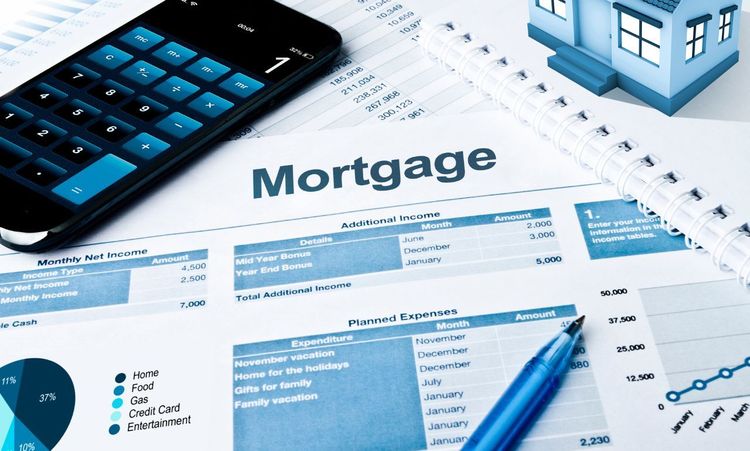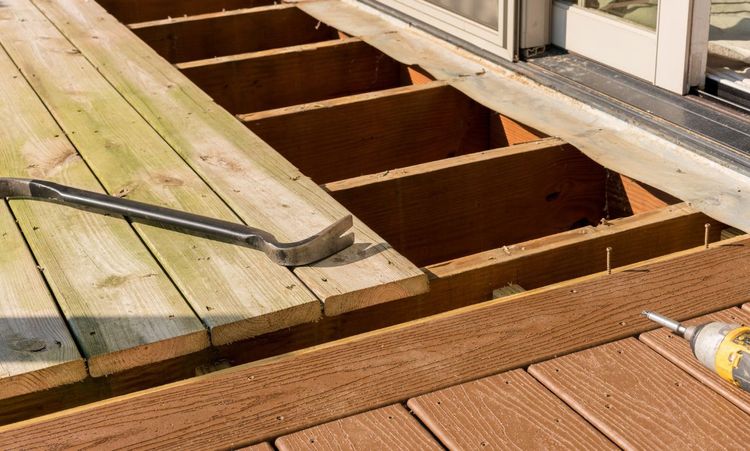Finding the best mortgage rate isn't just about calling your local bank and accepting whatever they offer. Smart homebuyers understand that even a 0.25% difference in your mortgage interest rate can save you thousands of dollars over the life of your loan. With average mortgage rates fluctuating based on market conditions and economic factors, securing the lowest possible rate requires a strategic approach, precise timing, and expert knowledge. Throughout this guide, we'll explore proven methods to help you secure competitive rates, from improving your credit score to comparing multiple lenders. You'll discover insider tips that mortgage brokers use and learn when to lock in your rate for maximum savings.
Save for a Larger Down Payment
Lenders view larger down payments as reduced risk, often rewarding borrowers with better rates. Conventional loans typically require 20% down to avoid private mortgage insurance, but even increasing from 10% to 15% can improve your rate. Consider this real scenario: On a $400,000 home, increasing your down payment from $40,000 (10%) to $80,000 (20%) not only eliminates PMI but could reduce your rate by 0.125% to 0.25%. That translates to monthly savings of $40-80, plus no mortgage insurance premium. Building a larger down payment takes discipline, but the long-term savings make it worthwhile. Automate transfers to a dedicated savings account, and consider delaying your purchase by six months to a year if it means significantly more cash down.
Manage Your Debt-to-Income Ratio
Lenders typically prefer DTI ratios below 36%, with housing costs under 28% of the borrower's gross monthly income. Higher ratios signal risk, leading to higher rates or loan rejection. Calculate your DTI by dividing total monthly debt payments by gross monthly income. If you earn $6,000 per month and have $1,800 in debt payments, your debt-to-income ratio (DTI) is 30%. To improve this ratio, pay down credit card balances, avoid taking on new debt, or increase your income through part-time work. Real borrowers often overlook the impact of small debt reductions on their rates. Paying off a $300 monthly car payment before applying can shift you into a better rate tier, potentially saving more than the remaining car loan balance.
Explore Different Mortgage Loan Types
Conventional loans often provide the best rates for borrowers with strong credit and substantial down payments. FHA loans help first-time homebuyers with lower down payments but include mortgage insurance premiums. VA loans offer excellent rates for eligible veterans with no down payment required. USDA loans serve rural buyers with competitive rates and zero down payment options. Each loan type has its own specific requirements and rate structure. Jumbo loans, for amounts exceeding conforming loan limits, sometimes offer competitive rates despite their size. Research which loan types match your situation and compare their current rates and terms.
Consider the Loan Terms
30-year fixed-rate mortgages offer lower monthly payments but higher rates than 15-year mortgages. The average 15-year fixed mortgage APR typically runs 0.25% to 0.75% lower than 30-year rates. A 15-year mortgage on $300,000 at 6.5% costs $2,613 monthly versus $1,896 for a 30-year loan at 7%. While monthly payments increase by $717, you'll save over $150,000 in interest over the loan's life. Adjustable-rate mortgages (ARMs) typically begin with lower introductory rates but carry a risk if interest rates rise. Consider ARMs only if you plan to sell or refinance before the rate adjusts.
Look into Buying Mortgage Points
Mortgage points let you "buy down" your interest rate by paying upfront fees. Each point costs 1% of your loan amount and typically reduces your rate by 0.25%. On a $400,000 loan, one point costs $4,000. Calculate the break-even period by dividing the point cost by monthly savings. If points cost $4,000 and you save $50 monthly, you break even in 80 months. Points make sense if you'll keep the loan longer than the break-even period. Some lenders offer fractional points or temporary rate buydowns. Compare these options carefully, as the math varies significantly between lenders and market conditions.
Research Different Lenders
Banks, credit unions, online lenders, and mortgage companies all compete with one another using different rate structures and fees. Credit unions often offer member discounts, while online lenders may have lower overhead costs. Check rates from at least three different types of lenders. Bank of America might quote 7.25%, while a local credit union offers 6.875%, and an online lender provides 7.125%. These differences compound over time into substantial savings. Don't assume your current bank offers the best deal. Many borrowers stick with familiar institutions, missing out on better opportunities elsewhere.
Utilize Discounts and Buyer Programs
Many lenders offer rate discounts for various relationships and programs. Bank customers may receive discounts of 0.125% to 0.25% for maintaining checking accounts or making direct deposits. Some employers partner with lenders for employee discounts. First-time home buyer programs through state and local governments often provide below-market rates or down payment assistance. These programs have income limits but can offer significant savings for qualified borrowers. Professional association memberships, military service, or union membership sometimes unlock special rates. Ask potential lenders about all available discounts before making a commitment.
Stay Informed on Market Trends
Mortgage rates generally follow broader economic trends, particularly those of the 10-year Treasury yield and Federal Reserve policy. Rates typically rise with economic growth and fall during uncertainty. Following these trends helps time your application strategically. Economic indicators, such as employment reports, inflation data, and Federal Reserve announcements, influence mortgage rates. While you can't predict exact movements, understanding general trends helps you act when rates dip. Subscribe to mortgage industry newsletters or follow reliable financial news sources. This knowledge helps you recognize good timing for rate locks or applications.
Lock in the Rate at the Right Time
Rate locks protect you from increases during your loan processing period. Standard locks last 30-60 days, with longer periods available for an additional fee. Lock when you're satisfied with the rate and ready to proceed quickly. Timing your lock requires balancing market conditions with your readiness to close. Locking too early might mean missing better rates while waiting too long, and risks increase. Most experts recommend locking once you've found a competitive rate and have a signed purchase agreement. Some lenders offer "float down" options that let you capture lower rates if they fall after locking. These typically incur an additional cost but offer flexibility in volatile markets.
Compare Offers from Multiple Lenders
Obtain loan estimates from at least three lenders within a 14-45 day window to minimize credit score impact. Compare not just rates but also fees, closing costs, and terms. Loan estimates standardize comparison shopping by showing APR, which includes rate plus fees. A lender advertising a 6.75% rate might have an APR of 7.1% due to high costs, while another's 7% rate has an APR of 7.05%. Create a spreadsheet comparing total costs over your expected ownership period. This reveals the valid cheapest option beyond just the advertised rate.
Work with a Mortgage Broker
Mortgage brokers access multiple lenders and can shop rates for you. They understand which lenders offer the best rates for your specific situation and handle much of the application process on your behalf. Brokers typically charge 1-2% of the loan amount but might save you more than their fee. Experienced brokers know lender preferences and can match you with institutions likely to approve your application at competitive rates. They also understand timing and can help coordinate rate locks effectively. Interview potential brokers about their lender relationships, fees, and recent client experiences. A good broker should clearly explain their compensation and provide references to support their claims.
Consider Additional Costs and Fees
Lenders package rates with various fees, including origination fees, application fees, and processing charges. Some advertise low rates but charge high fees that increase your effective cost. Compare annual percentage rates (APR) rather than just interest rates. APR includes most loan fees, providing a more accurate comparison of costs. A 6.8% rate with $3,000 in fees might be more expensive than a 7% rate with $500 in fees. Factor in closing costs, title insurance, and other homebuying expenses when evaluating total loan costs. Some lenders offer credits toward closing costs in exchange for slightly higher rates.
Conclusion
Securing the best mortgage rate requires research, preparation, and strategic timing. By improving your credit score, saving for a larger down payment, and shopping multiple lenders, you can save thousands over your loan's life. Remember that rates change daily, so stay informed and be ready to act when you find a competitive offer. The mortgage process might seem overwhelming, but following these strategies puts you in control. Start early, compare carefully, and don't settle for the first offer you receive. Your future self will thank you for the effort when you're making lower monthly payments for years to come.




